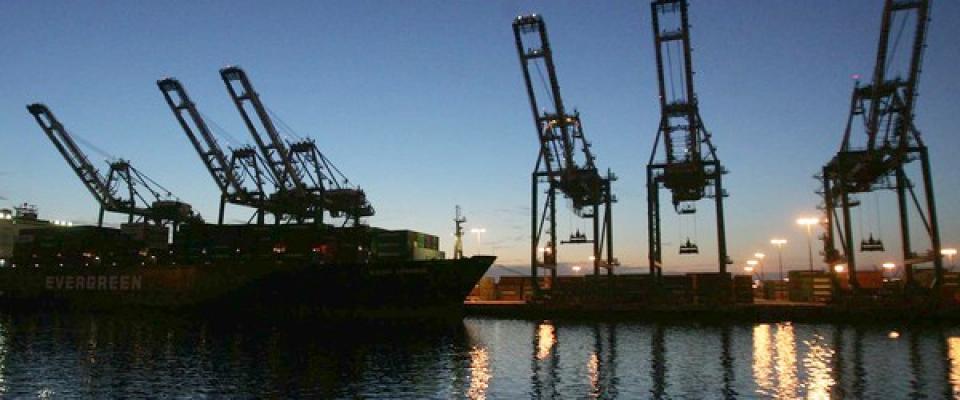The Port of Los Angeles, as part of a broad initiative to facilitate exports and support economic development, is working with the US Department of Commerce to assist local garment manufacturers penetrate second-tier Chinese cities with their products, according to the Shipping Gazette, citing the American Shipper.
The report quoted executive director Geraldine Knatz of the port, saying the goal is to set up the project as a model of distribution arrangements in cities other than Beijing or Shanghai that have a growing middle class.
"If we can get a win there and get through that process we can use that as a model for many of the other garment manufacturers here," she was quoted saying.
Los Angeles is home to a large portion of the remaining US garment industry, including many small-and-medium-size enterprises. Businesses within the Los Angeles Customs District export about US$4 billion worth of garments each year - a tenth of the amount that is imported nationwide. Approximately 50,000 people are employed in garment design and manufacturing in the L.A. area.
Last year, Knatz described how the Port of Los Angeles' Trade Connect programme was going beyond helping individual companies find overseas buyers, and deal with the complexities of cross-border logistics, to support a specific market sector - the fashion industry.
Trade Connect is a highly successful programme that has brokered many export deals for California companies. The programme caught the eye of the Obama administration, which early last year launched its National Export Initiative (NEI) to double exports by 2015 as it tries to jump-start a sputtering economy.
The Commerce Department, which heads the NEI, signed a memorandum of understanding with the American Association of Port Authorities in July to use ports as a force multiplier for educating trade stakeholders about government resources that are available to help companies enter or expand their sales presence in other countries.
Among the deals the Port of Los Angeles helped arrange was for used mining equipment to be sold to a buyer in Brazil. In addition, the port is working to help the garment makers overcome problems they've encountered in the past in China with obtaining licenses and shipping goods, Knatz said.
Many of the California garment shops have shifted to more domestic sources for their materials, giving the port an incentive make up for those imports with exports, she added. Source: Shipping Gazette


